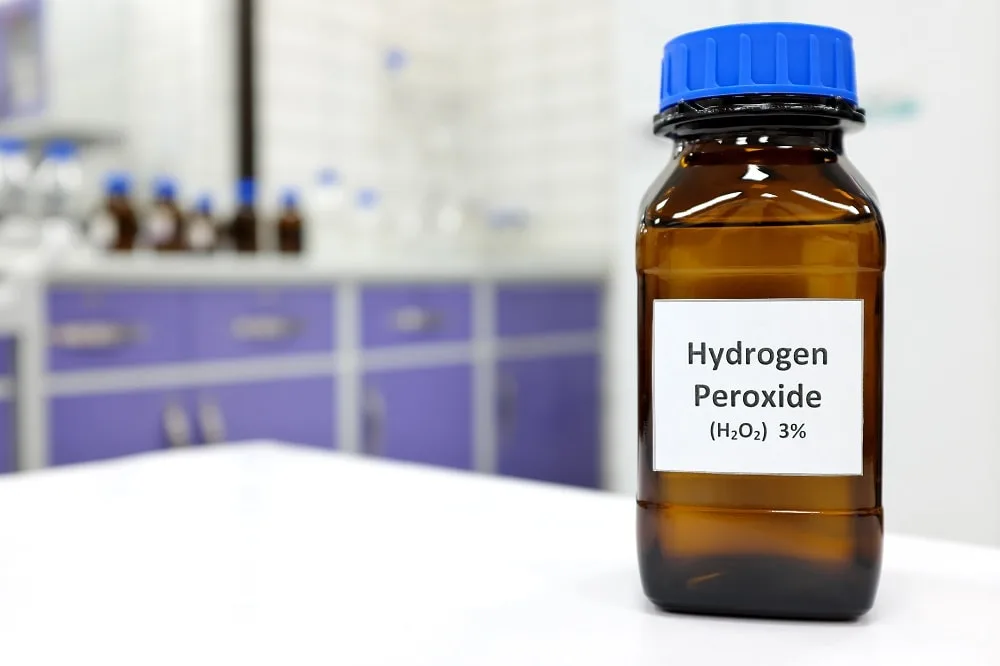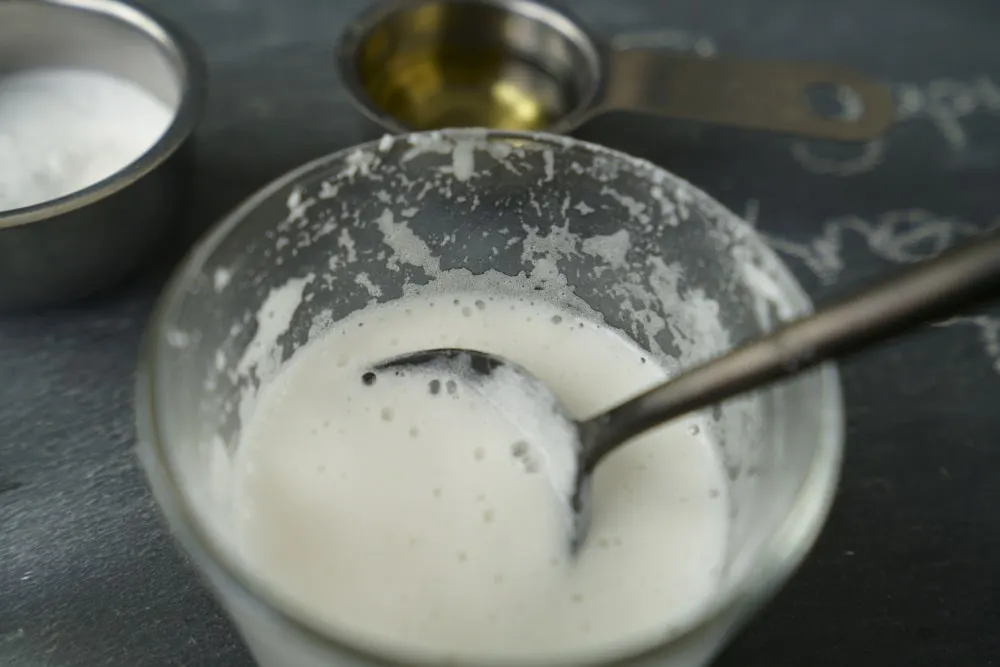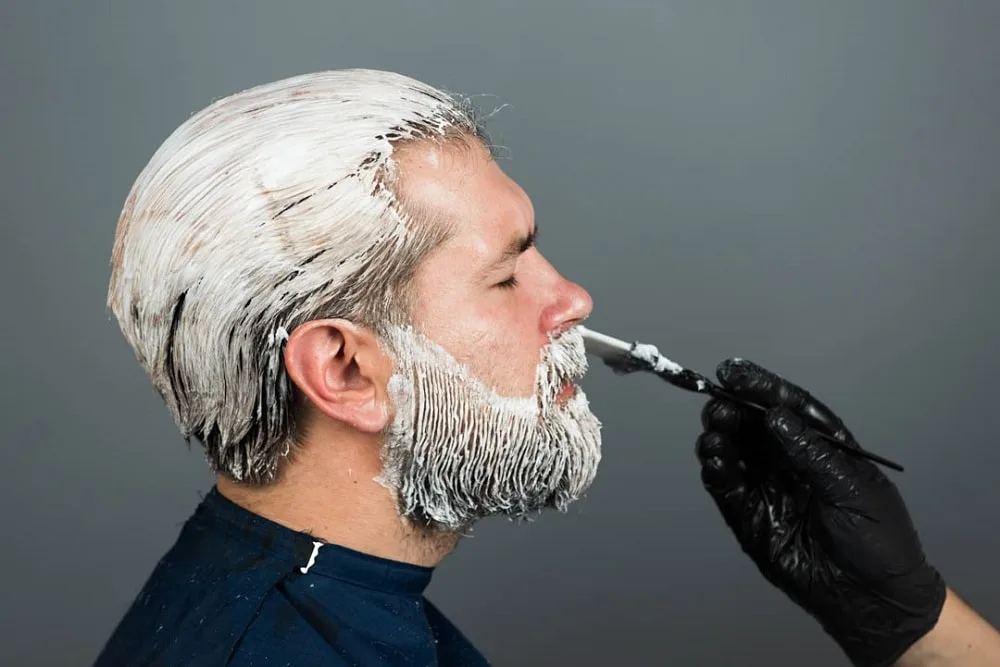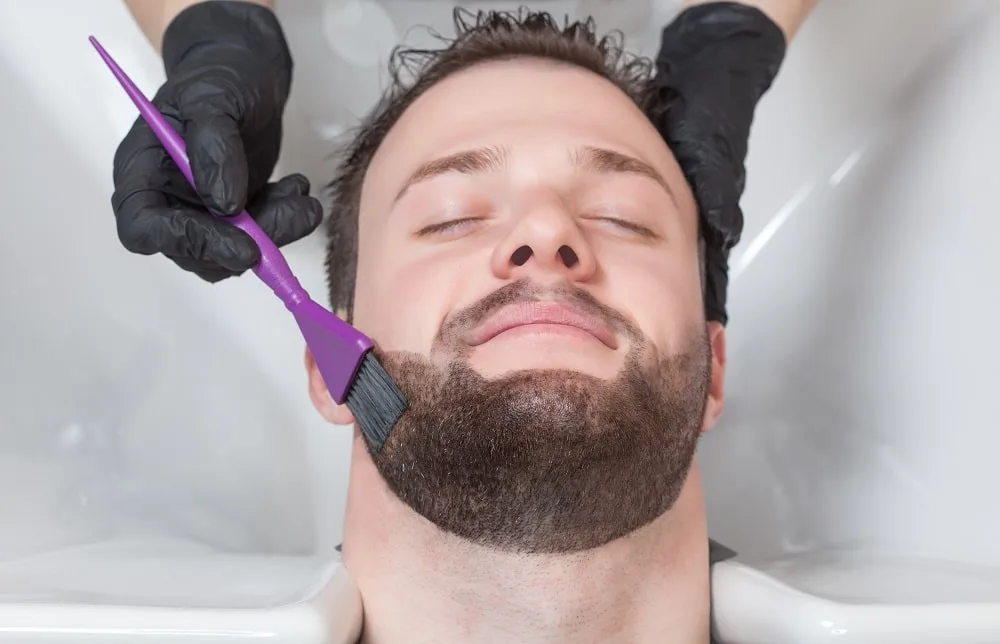How to Bleach Beard with Hydrogen Peroxide: A Quick Guide
One of the easiest ways to change your appearance is by changing your beard color. Lightening your facial hair can give you a fresh look.
If you want to dye your beard but don’t want to buy bleach, you can use household products like hydrogen peroxide. Many beard dyes use hydrogen peroxide as an ingredient, and it is more gentle than bleach.
Keep reading to learn how to dye beard with hydrogen peroxide.
How to Bleach and Lighten Your Beard with Hydrogen Peroxide
Hydrogen peroxide is a viscous, transparent, and unstable liquid with oxidizing properties. It is commonly used for its antibacterial properties in disinfectants, and people use it to treat wounds. However, this chemical compound can also act as a bleach.
People brush their teeth with hydrogen peroxide and baking soda to whiten them, and others swish it in their mouths to eliminate bacteria while bleaching. You can get rid of blood stains and clean your house with peroxide.
Furthermore, hydrogen peroxide can lighten your beard— diluted H2O2 releases oxygen in your hair shaft that reduces the pigmentation in your strands.
Peroxide Only

If you want to lighten your beard with peroxide only, start by performing a patch test. Place a small amount of hydrogen peroxide on a small piece of beard and let it rest for 15 minutes. If you have an adverse reaction to the treatment, you should not proceed. Otherwise, keep reading.
Protect your shoulders and neck with a towel. Use a 3% hydrogen peroxide solution to saturate your facial hair. Leave it on your face for about one hour.
If your skin starts burning earlier, you can take it off. Try to avoid placing any peroxide on your face. After the allotted time, you rinse your beard with cold water and pat dry.
Wait at least 48 hours to repeat the treatment, and stop if your skin becomes sensitive. You may have to bleach it a few times until you get the desired shade.
Try not to exceed three bleaches a week until you get the results you want.
Baking Soda and Hydrogen Peroxide

If you want to amp up your bleaching game, use a mixture of baking soda and hydrogen. To begin, you wash your beard with a natural shampoo. Then, use a hydrating conditioner to mitigate the damage from bleaching. Let your facial hair air dry.
As always, perform a patch test to ensure you are not allergic. If not, mix one cup of baking soda with three tablespoons of hydrogen peroxide.
Massage the mixture throughout your beard, ensuring you cover each strand. Let it sit on your beard for up to an hour before rinsing. Then, use a conditioner to restore moisture.
How Can I Bleach My Beard at Home?

You can lighten your beard with peroxide at home or in a salon. A professional hairstylist can improve the final color to complement your skin tone, and they can reduce damage.
However, you could use a home dye kit with high-strength bleach to expedite the process. These do cause more damage, but they may result in a better color.
You could follow the hydrogen peroxide method with a blue or violet toner to eliminate unwanted orange tones in your beard.
The advantages and disadvantages of hydrogen peroxide beard treatments are similar to standard bleach and other dyes.
Pros
- You can lighten your beard with ingredients you already have at home.
- The color stays permanent because you have oxidized the melanin in your hair’s cortex.
- With repeated treatments, you can change black beard to white.
- Hydrogen peroxide is more environmentally friendly than bleach.
- It costs less to dye your facial hair with hydrogen peroxide at home than at a salon.
Cons
- You may need to treat your beard multiple times to get the desired results.
- You might have to apply a toner to reduce brassy tones.
- Some people experience irritating reactions like redness, itching, rashes, swelling, and skin discoloration.
- Hydrogen peroxide can cause oxidative stress on your skin which may lead to hair loss.
- Bleaching can break down the disulfide bonds in hair proteins, which damages the cuticles and leaves the facial hair more fragile.
Watch the following tutorial to learn how to bleach your beard at home with a bleaching kit.
Precautions
You can reduce the damage caused by bleaching your beard by performing moisturizing treatments. Using a beard conditioner or hydrating oil can help. Massaging coconut or olive oil into your beard is a natural and easy way to restore moisture.
Also, reduce the number of times you wash your beard with soap or shampoo. You can still use water but try and clean it with moisturizing products more infrequently than before. Hydrogen peroxide dries your hair significantly, so try not to add to the damage.
When applying the treatment, you can protect your hairline with some petroleum jelly. Ensure you place a towel on your neck and shoulders as well.
Try not to touch the solution to your skin, and apply it with gloves. That way, you can minimize the contact between your skin and the hydrogen peroxide to avoid damage or irritation.
While the patch test may seem unnecessary, you can determine if it results in a color you like and if it will irritate your skin before damaging your entire chin.
If you have sensitive skin, you might want to skip this treatment and embrace your natural color. You could also try darkening it with henna.
How to Regain Natural Beard Color After Bleaching with Hydrogen Peroxide?

Once you bleach your beard, you will either need to dye it to its original color using beard dye or cut it off and let it grow back to its natural color. Hydrogen peroxide does not fade as it removes the pigmentation from the innermost portion of your strands.
If you do not want to shave off your beard, make sure you want to lighten your facial hair before doing it. You could let it grow and trim off the blond ends until you get your natural beard color again. Or, you can experiment with temporary hair dyes until your natural color grows back.
FAQs
Here are some frequently asked questions concerning how to dye facial hair with hydrogen peroxide.
Can I Use Toothpaste to Bleach My Beard?
You might be able to lighten your beard with whitening toothpaste if you leave it on long enough. However, it is difficult to spread it evenly, and the results will be unpredictable.
Also, the toothpaste will dry your beard by drawing out moisture, which may lead to breakage. Furthermore, you can irritate your chin and damage your hair follicles.
How Long Does It Take to Bleach the Beard with Hydrogen Peroxide?
Depending on your natural color, it could take one to ten treatments to get the beard color you want. You can leave it on for 15 to 60 minutes each session and repeat the bleaching two to three days a week.
A dark-colored beard takes much longer to lighten than lighter colors. Also, you may need to use a toner if you have naturally dark hair to reduce any orange or yellow hues.
Does Hydrogen Peroxide Bleach the Beard Permanently?
Hydrogen peroxide does not fade, so the amount of facial hair bleached will remain the lighter color. However, your beard will grow back in its natural color.
Does Hydrogen Peroxide Make the Beard White?
With enough treatments, you can bleach your beard white using hydrogen peroxide. You will want a purple or blue toner to turn your beard white once you have bleached it.
Research the best toner for your natural beard color and see if it results in the one you want. Some may leave you with a pink, silver, lavender, or warm hue.
Can Hydrogen Peroxide Be Used to Bleach Upper Lip Hair?
If you have darker hair in your mustache area, you can use hydrogen peroxide. However, it may irritate your skin, so perform a patch test before applying it to the entire region.
Will Hydrogen Peroxide Lighten My Beard If It Is Dark?
Hydrogen peroxide works on beards of all colors, giving you a lightened beard even if it is dark.
Is it Safe to Bleach My Beard?
For the most part, you will not get permanent damage from bleaching your beard. You may damage the visible strands, but it is unlikely to ruin your follicles unless you repeat the treatments too frequently.
Ensure you take the recommended safety precautions and follow the steps correctly. People with sensitive skin may want to avoid the treatment, and those who experience irritating reactions to the solution should wash it off immediately.
Nevertheless, most people have no problem experimenting with hydrogen peroxide bleach on occasion. If you do not like the results, you could shave off and let it grow back in a few weeks. As long as you add moisture back after the process, your facial hair should remain healthy and attractive.
Does It Hurt to Bleach the Beard with Hydrogen Peroxide?
If you have sensitive skin or get it on your face, you may experience a burning sensation with hydrogen peroxide. However, you should not feel any pain when applying it to your strands.






